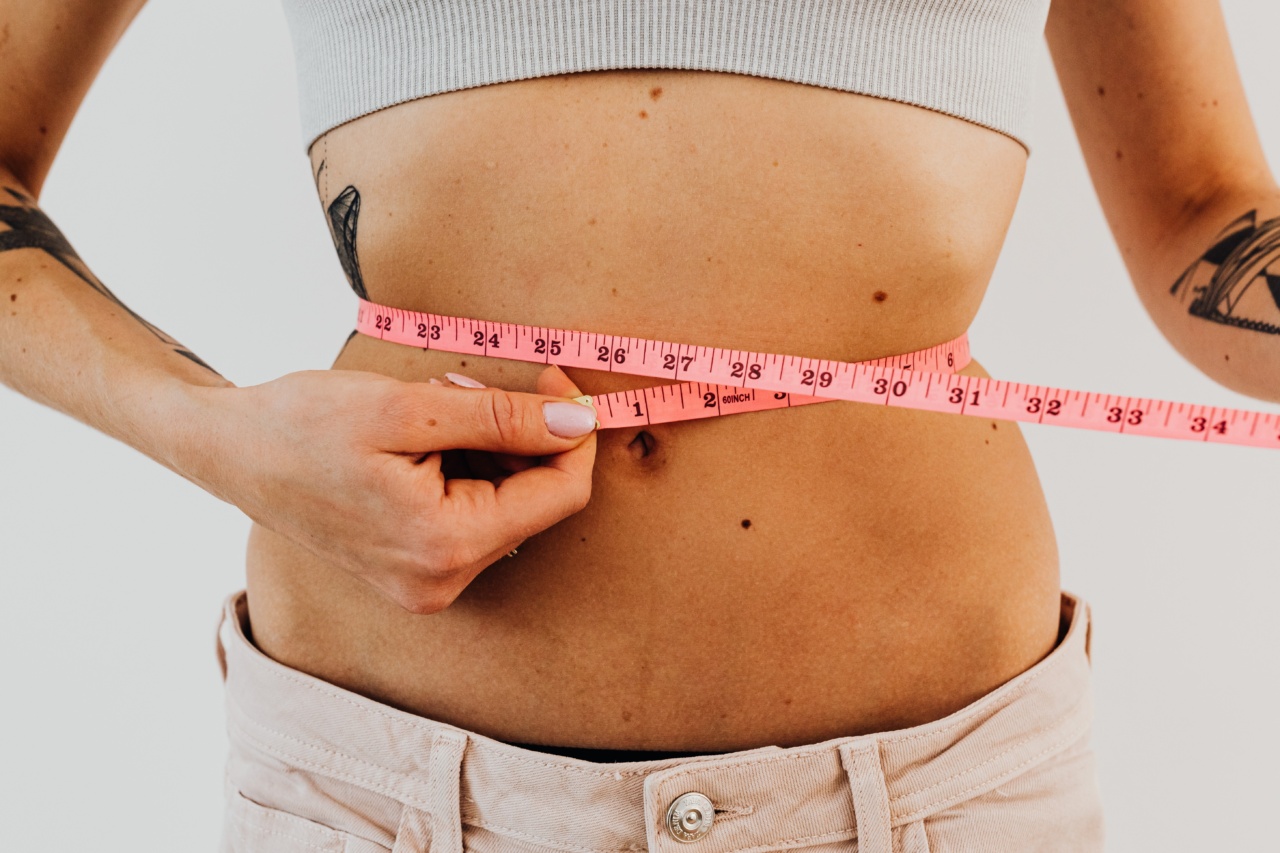As a new mom, you may be anxious to get back to your pre-baby body, but you may find that your abdominal muscles aren’t bouncing back as easily as you had hoped. In fact, many women struggle with loose abdominal muscles after giving birth.
Below, we’ll explore the causes behind this frustrating postpartum condition.
Causes of Loose Abdominal Muscles After Pregnancy
1. Pregnancy Hormones
During pregnancy, your body produces hormones such as estrogen and relaxin that help your muscles, ligaments, and joints relax and loosen to allow for your growing baby.
These hormones, along with the stretching of the uterus as your baby grows can lead to stretched, weakened abdominal muscles that may have trouble regaining their pre-pregnancy strength.
2. Diastasis Recti
Diastasis recti is a separation of the abdominal muscles that happens when the tissue that connects them stretches, often during pregnancy.
It typically occurs in the third trimester when the uterus is at its largest, and can lead to a bulging belly that makes it difficult to regain abdominal strength postpartum.
3. C-Section Delivery
A c-section is a major surgery that involves cutting through the abdominal muscles to deliver the baby. This can result in weakened abdominal muscles that are slower to heal, making it more difficult to regain core strength after delivery.
4. Lack of Exercise
During the postpartum period, you may be busy caring for your new baby and find it challenging to make time for regular exercise. However, lack of exercise can contribute to weakened abdominal muscles, making it harder to regain your pre-baby body.
5. Genetics
Your genetics can also play a role in how easily you are able to regain abdominal strength postpartum. Some women may have naturally weaker abdominal muscles, making it more difficult to regain strength after pregnancy.
Treatments for Loose Abdominal Muscles After Pregnancy
1. Exercise
Regular exercise is key to regaining strength and tightening loose abdominal muscles after pregnancy. Focus on exercises that target the core muscles, such as pelvic tilts, abdominal compressions, and planks.
Be sure to speak to your doctor before starting any exercise routine and start slowly, gradually increasing intensity as your body allows.
2. Diastasis Recti Repair
If you have diastasis recti, you may benefit from physical therapy or exercises designed specifically to close the gap between the abdominal muscles.
A physical therapist or trained fitness professional can help you determine the best exercises for you.
3. Tummy Tuck
In cases where exercise and physical therapy aren’t enough to regain abdominal strength, a tummy tuck may be an option.
This surgery involves removing excess skin and fatty tissue while also tightening the abdominal muscles to create a smoother, firmer appearance. It’s important to note that this is a major surgery and should only be considered after exhausting all other options.
Preventing Loose Abdominal Muscles After Pregnancy
While there are many factors that contribute to loose abdominal muscles after pregnancy, there are steps you can take to prevent or minimize this postpartum woe.
Here are a few tips to help you maintain strong abdominal muscles during pregnancy and beyond:.
1. Exercise Regularly During Pregnancy
Regular exercise during pregnancy can help prevent diastasis recti and maintain core strength. Speak to your doctor to determine a safe exercise routine for your pregnancy.
2. Wear a Belly Band
A belly band can provide support and help prevent diastasis recti by helping to keep abdominal muscles in place during pregnancy.
3. Stay Active After Delivery
It can be challenging to find time for exercise with a new baby to care for, but staying active is key to regaining strength postpartum.
Try to fit in a few minutes of exercise whenever possible, such as taking a walk with your baby in a stroller or following an online exercise video during nap time.
4. Consider Your Posture
Poor posture can put added strain on weakened abdominal muscles, making it more difficult to regain strength. Be sure to sit and stand up straight, using your core muscles to support your spine.
Conclusion
Loose abdominal muscles after pregnancy can be frustrating and challenging, but there are steps you can take to regain core strength and improve your postpartum body.
By understanding the causes of this postpartum woe and taking proactive steps to prevent and treat it, you can achieve a stronger, healthier body after giving birth.





























